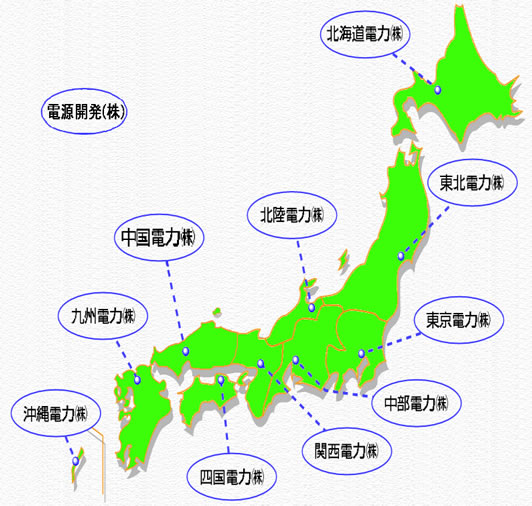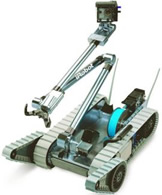The Tokyo Vice movie starring Daniel Radcliffe is apparently moving forward – Mr. Radcliffe has already started studying Japanese for the role of Jake, a young American who studies in japan and eventually lands first job as the first Western reporter for a Japanese newspaper.
I have read the book and am really rooting for this movie to be good. If successful it could inspire a new generation of young Americans to come study or live in Japan.
But I am worried that the story won’t have enough sizzle if the screenwriter (apparently a first timer) skews too closely to the source text.
In that spirit I offer my own version of the story that the film makers can feel free to draw from if they see anything interesting:
The movie opens with Jake hot on the trail of yakuza boss Goto. He is about to blow the lid off Goto’s illicit, FBI-brokered liver transplant, but one day a black Cadillac pulls up and forces Jake inside.
It turns out Jake’s been kidnapped and will be forced to fight in an underground cage fighting tournament. He wants to tell them to just fuck off and kill him now, but he wants to survive long enough to get revenge on Goto for killing his hostess girlfriend Lana all those years ago (we will learn Jake’s background through flashbacks). He would then fight progressively tougher bad guys with various gimmicks (nunchucks, poison-tipped blade fingernails, a dog).
Of course along the way Jake would develop a love interest with Goto’s daughter, the gun moll with a heart of gold who hates her father and wants to escape the mob life. She will be the one who sneaks him food and weapons to help him win.
Finally Jake would reach Goto who has had his brain and heart migrated to an android body after his replacement liver gave out and the FBI wouldnt let him have another one.
Robo-Goto would deliver an extended monologue about how weak and pathetic Americans are and how only the weakest loser Americans move to japan. And how does he know this for sure? Because (here’s the big twist) Goto killed Lana to take her liver and it only took him 7 years for his raging alcoholism to wear it out!
This obviously sends Jake into a blood rage (“Lana was British you ignorant sonofabitch!!!”) and he delivers a perfectly aimed jump kick into the glass casing that houses Robo-Goto’s heart, killing Goto and sending him careening off the top of Yakuza Tower (the robot body explodes in mid air)
A heavily breathing and bloodied Jake is joined by the Goto daughter and the two exchange a desperately passionate kiss followed by some banter (“oh Jake I thought you’d never make it!” “Babe, if there’s one thing I’ve learned from all the hard work it took to become the first Western correspondent for a major Japanese newspaper, it this: never EVER say never”) and he carries her off to a better life as the girlfriend of a freelance reporter, which we learn from a caption that pops up as we fade to black.
***
So there you have it – I realize there are a lot of blanks to fill in, but there is some rich character development potential. There could be scenes of Goto smacking around his subordinates just for the hell of it, Jake in his lowest moment screaming whyyyyyyyy toward the ceiling of his holding cell at a seemingly uncaring God, a flashback of Goto and Jake giving each other the evil eye across the room at a smoke-filled night club, etc.
For a change of pace you could use the flashbacks to show Jake as a fish out of water learning Japanese culture, bungling chopstick use, getting sprayed in the face by the washlet. And there could be tender scenes of Lana and Jake on a date cruelly broken up by the murderous Goto.
Anyway, I hope you are as excited for this movie as I am!
Please let us know your story ideas in the comments section or who you would cast. For Goto and daughter, I would use the father daughter team from Transporter, Ric Young and Qi Shu.



 Too bad this is so utterly removed from reality. For all of Japan’s collective effort in developing its robotics industry, TEPCO has had to turn to iRobot, — a Massachusetts-based company — for the Packbot, a simple yet practical robot equipped with simple claws and cameras, to enter the Fukushima plants. The robot first entered the plants on Sunday (a month after the disaster, after it became clear that no Japanese robots were up for the task) taking measurements and photographs of areas where it was unsafe for humans to venture. (Interestingly, but not surprisingly,
Too bad this is so utterly removed from reality. For all of Japan’s collective effort in developing its robotics industry, TEPCO has had to turn to iRobot, — a Massachusetts-based company — for the Packbot, a simple yet practical robot equipped with simple claws and cameras, to enter the Fukushima plants. The robot first entered the plants on Sunday (a month after the disaster, after it became clear that no Japanese robots were up for the task) taking measurements and photographs of areas where it was unsafe for humans to venture. (Interestingly, but not surprisingly, 